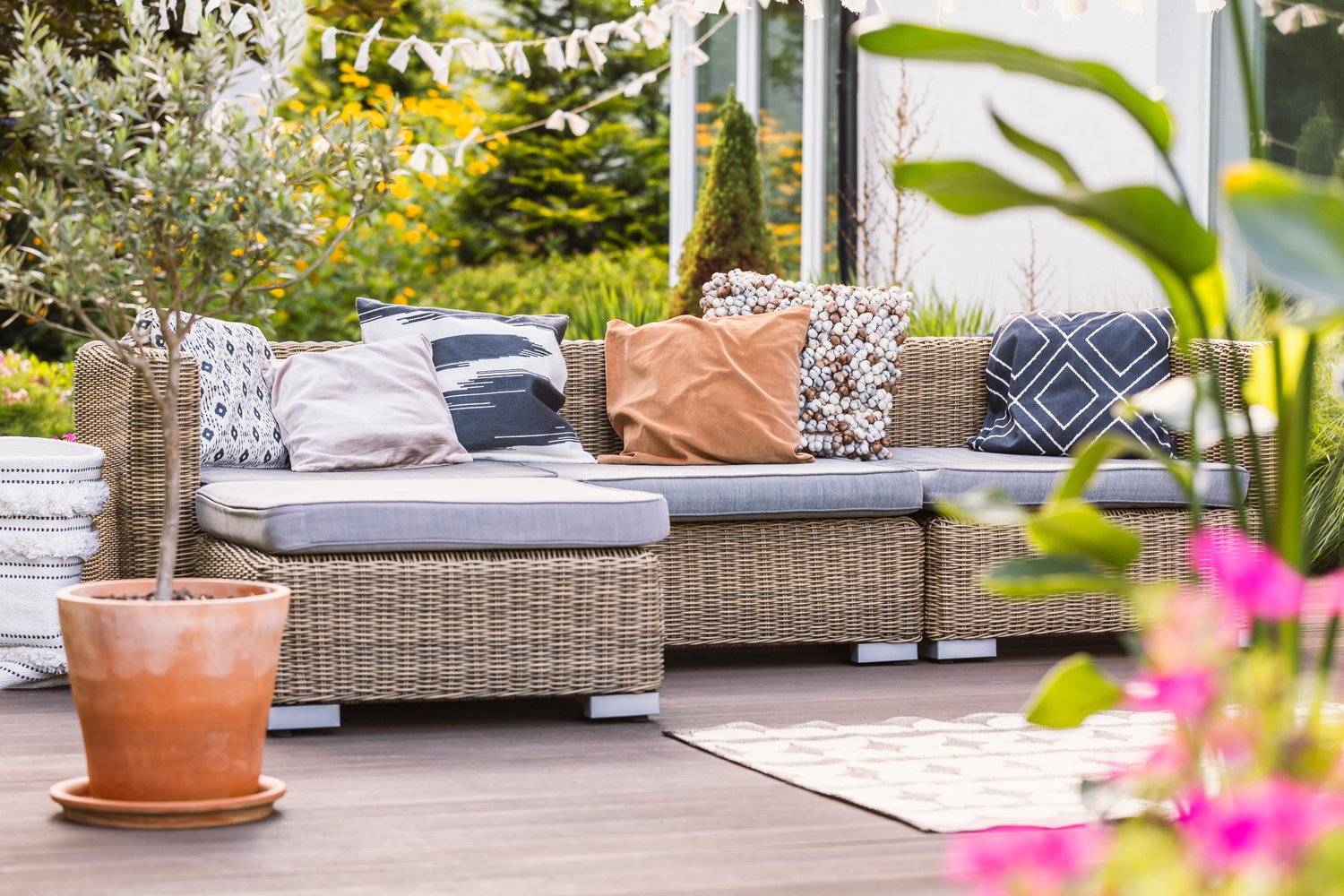Building a deck is a significant investment that enhances your outdoor living space and adds value to your home. However, selecting the right decking material can be overwhelming with so many options available. The decision between traditional pressure-treated wood, modern composite decking, or high-performance PVC depends on various factors including your budget, local climate, aesthetic preferences, and how much maintenance you’re willing to undertake. This comprehensive guide will compare these three popular decking materials to help you make an informed choice for a beautiful, long-lasting outdoor space.
Understanding Pressure-Treated Wood Decking
Pressure-treated wood remains the most traditional and widely used of all decking materials. This popularity stems from its natural appearance and relatively affordable price point, making it an attractive option for budget-conscious homeowners. The lumber undergoes a chemical treatment process that helps protect it from rot, insects, and fungal decay, extending its lifespan beyond untreated wood.
The natural beauty of wood decking is undeniable, offering a warm, authentic look that many homeowners prefer. It can be stained in various colors to complement your home’s exterior and surrounding landscape. Additionally, wood is relatively easy to work with during installation, requiring only standard carpentry tools and skills.
However, wood decking requires more maintenance than other options. To maintain its appearance and structural integrity, you’ll need to clean, sand, and reseal or restain the deck every 1-2 years, depending on your climate and usage. Over time, even pressure-treated wood can warp, crack, or splinter, particularly in areas with dramatic temperature fluctuations or high humidity. While it remains the most economical choice upfront, the ongoing maintenance costs and shorter lifespan (typically 10-15 years) should be factored into your decision-making process.
Exploring Composite Decking Benefits
Composite decking represents the middle ground in the best deck material debate, offering a balance of performance and value. Made from a blend of wood fibers and recycled plastic, composite decking mimics the look of wood while eliminating many of its drawbacks. The technology behind these products has improved dramatically in recent years, with today’s options featuring realistic wood grain patterns and rich, fade-resistant colors.
One of the primary advantages of composite vs wood deck construction is the significantly reduced maintenance requirements. Composite materials don’t require staining, sealing, or sanding. Regular cleaning with soap and water is typically all that’s needed to keep your deck looking fresh. According to experts at AskHomey, this low maintenance decking option saves homeowners an average of 32 hours of maintenance work annually compared to wood decks.
Composite decking also offers impressive durability, with most products resistant to fading, staining, scratching, and mold. Most manufacturers provide warranties ranging from 25-30 years, making it a long-term investment. While the initial cost is higher than pressure-treated wood (typically 2-3 times more expensive), many homeowners find the reduced maintenance and extended lifespan justify the upfront investment.
The Premium Option: PVC Decking
PVC decking represents the high-end category of decking materials, composed entirely of polyvinyl chloride plastic with no organic content. This composition makes PVC decking completely impervious to moisture, insects, and rot—issues that can affect both wood and, to a lesser extent, composite products.
The primary advantage of PVC decking is its exceptional durability and truly minimal maintenance requirements. It won’t splinter, crack, or deteriorate due to moisture exposure, making it an ideal choice for pool surroundings, waterfront properties, or regions with high humidity. Many PVC decking products feature advanced fade and stain resistance technology, helping them maintain their appearance for decades with minimal care.
Aesthetically, modern PVC decking has come a long way from earlier plastic-looking products. Today’s premium options feature realistic embossed grain patterns and variegated colors that closely mimic exotic hardwoods. Some manufacturers offer complementary PVC trim and fascia boards to create a cohesive, finished appearance.
The downside to PVC decking is its cost—it’s typically the most expensive decking material option, sometimes costing 3-5 times more than pressure-treated wood. However, with warranties often extending to 50 years or lifetime coverage, PVC decking can be considered a one-time investment for many homeowners seeking the ultimate in low maintenance decking solutions.
Making Your Final Decision
When choosing between wood, composite, and PVC decking materials, consider your specific circumstances. If your budget is tight and you don’t mind regular maintenance, pressure-treated wood offers natural beauty at an affordable price. For a middle-ground approach, composite decking provides good durability and reduced maintenance at a moderate price point. And if longevity and minimal upkeep are your priorities—and budget allows—PVC decking delivers superior performance with virtually no maintenance requirements.
Your local climate should heavily influence your decision. In areas with extreme temperature fluctuations, high humidity, or heavy rainfall, composite or PVC options may provide better long-term value despite higher initial costs. Consider your deck’s exposure to direct sunlight as well, as this affects color fading in all materials, though to varying degrees.
Ultimately, the best deck material for your home depends on balancing your aesthetic preferences, maintenance tolerance, budget constraints, and environmental conditions. By carefully weighing these factors, you’ll be able to select a decking material that provides years of enjoyment in your outdoor living space.
For more tips and to connect with reliable home service professionals, follow AskHomey on Facebook and Instagram.



